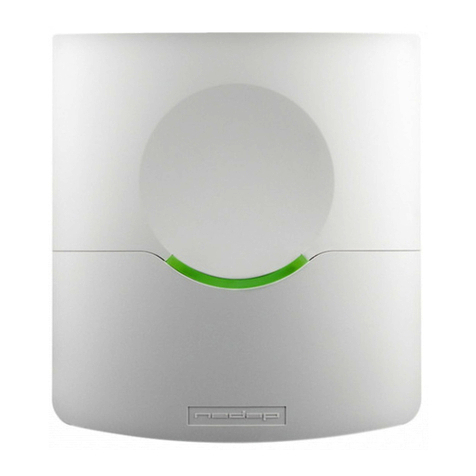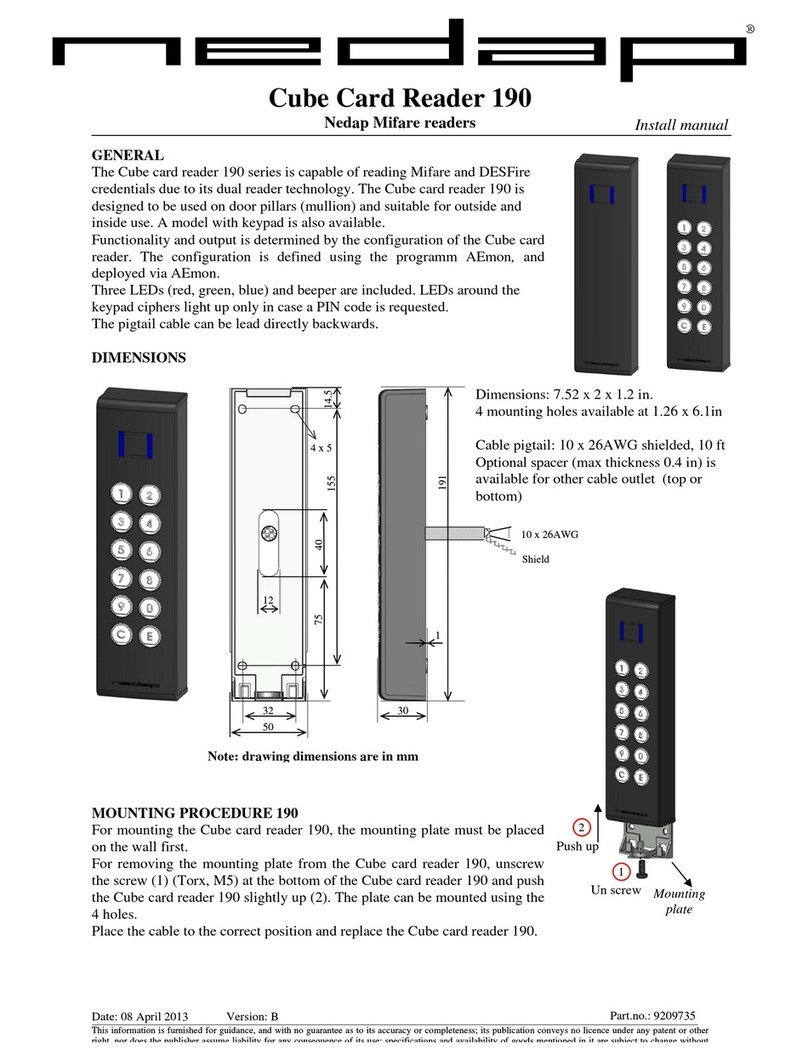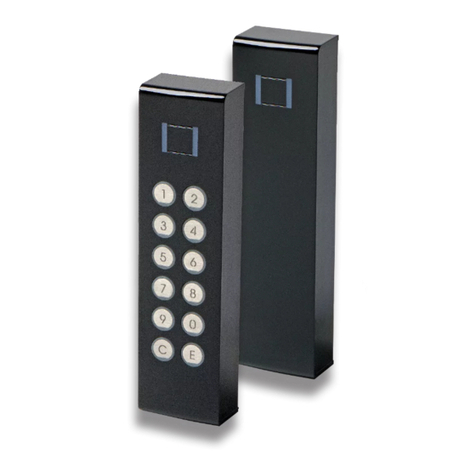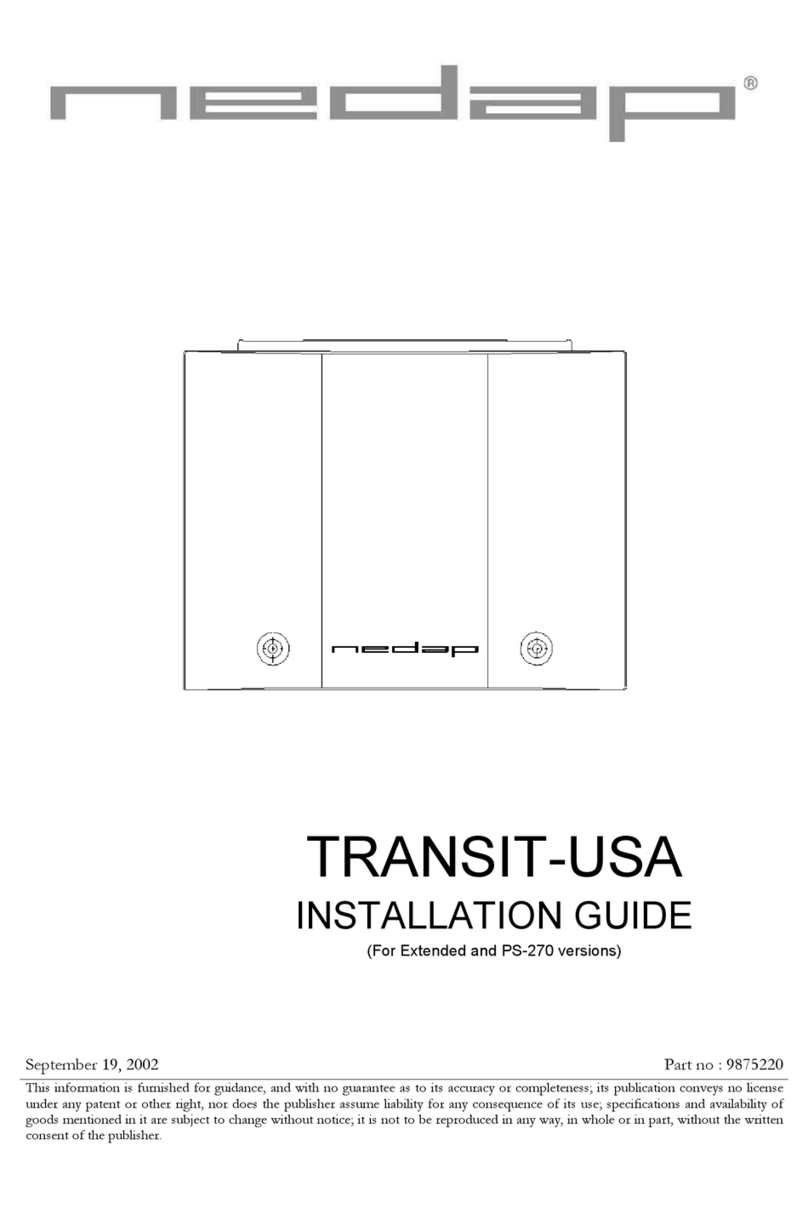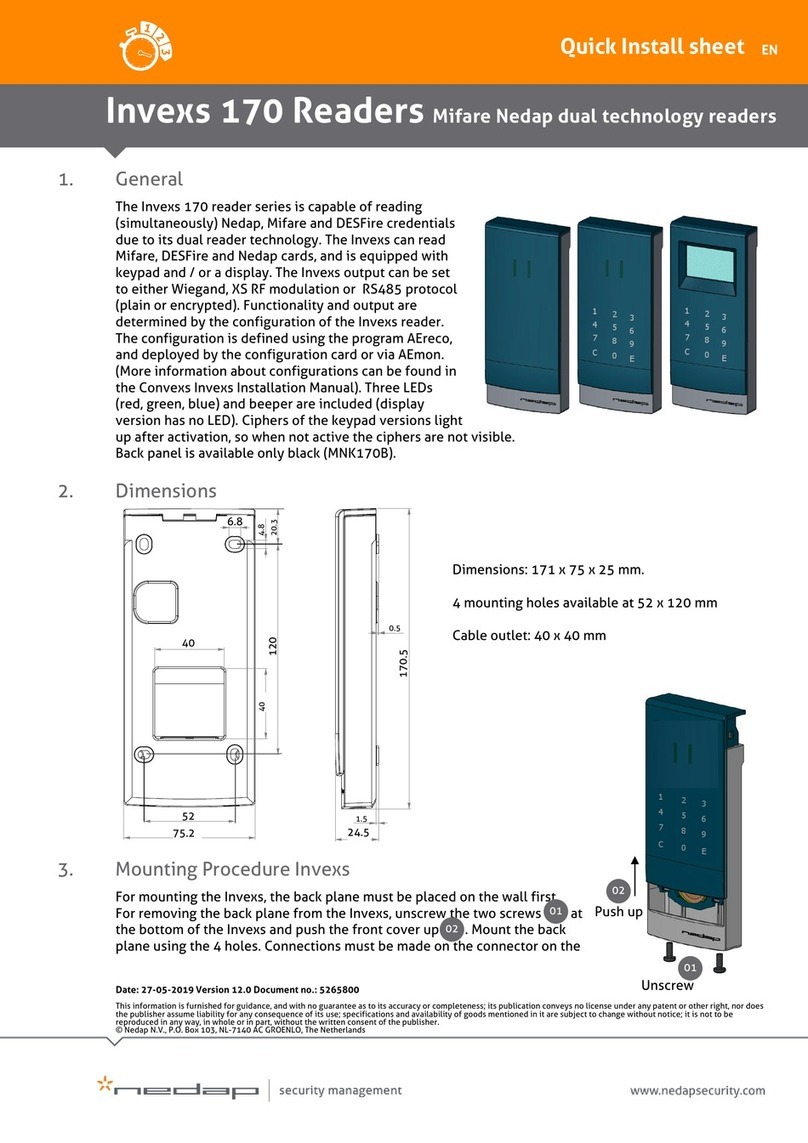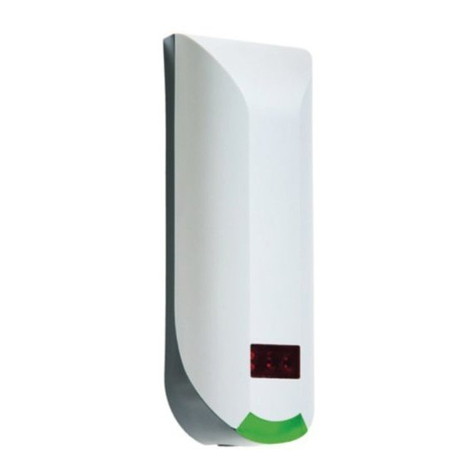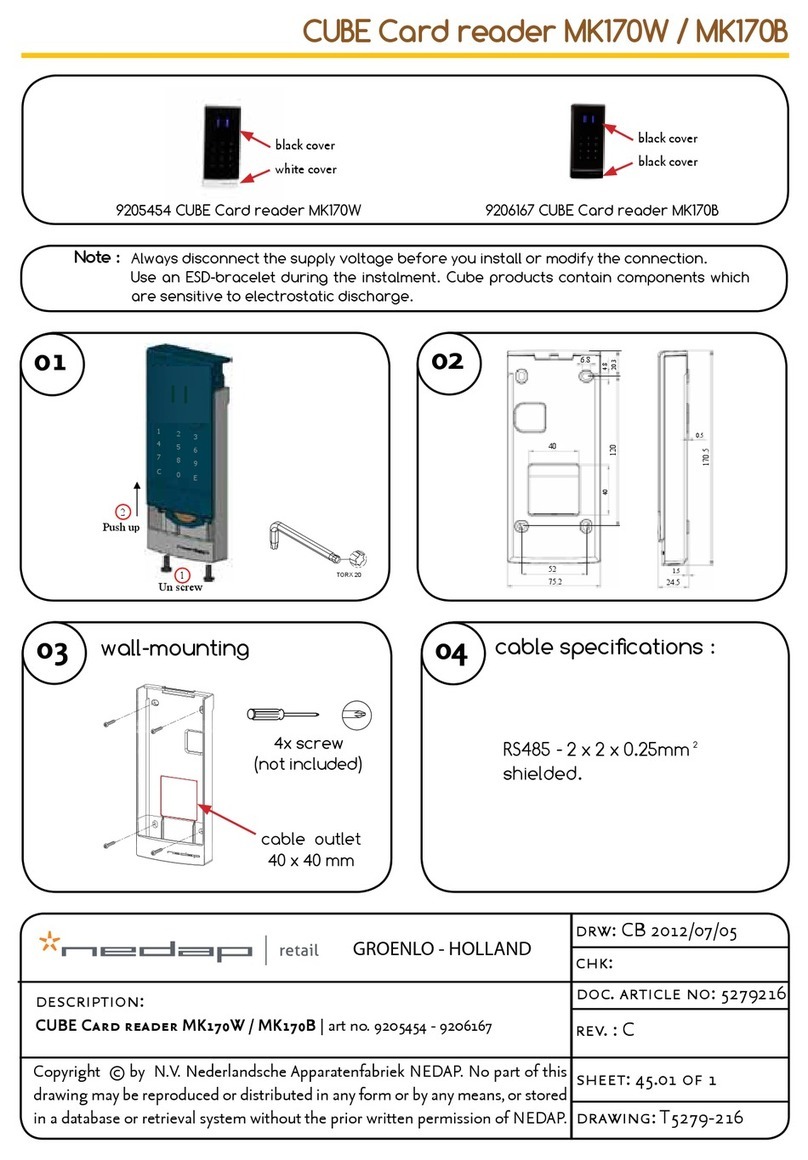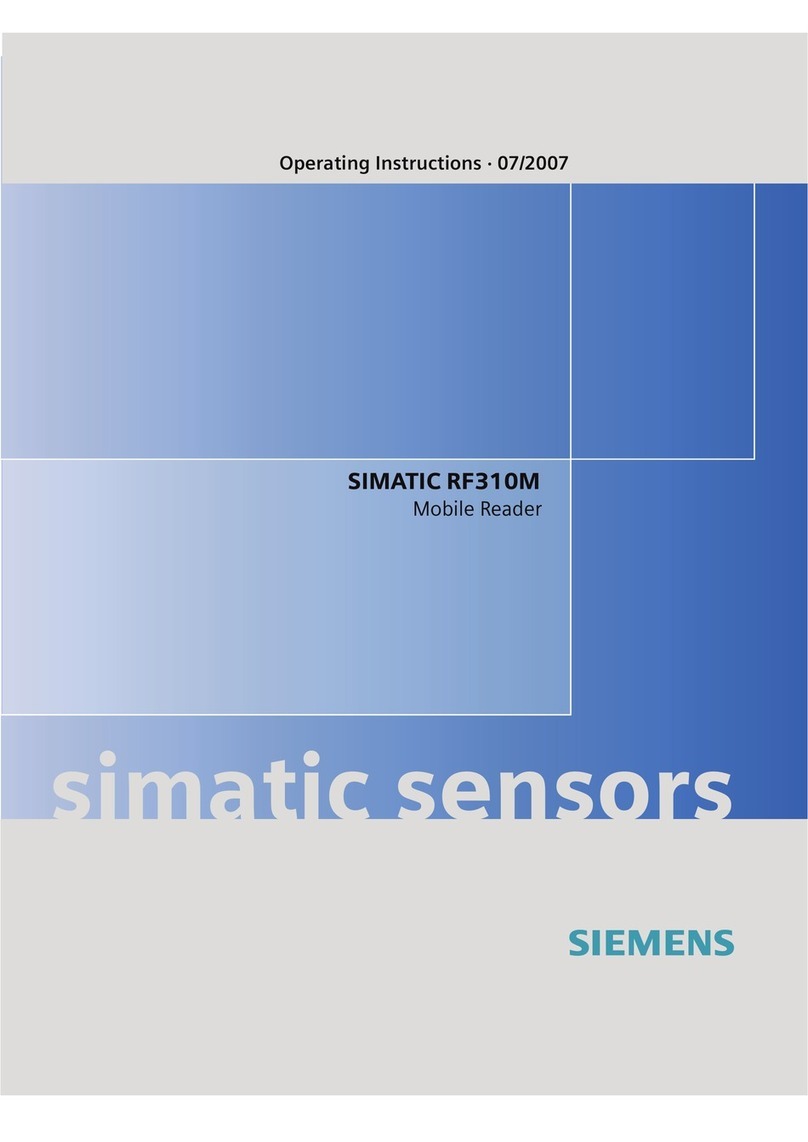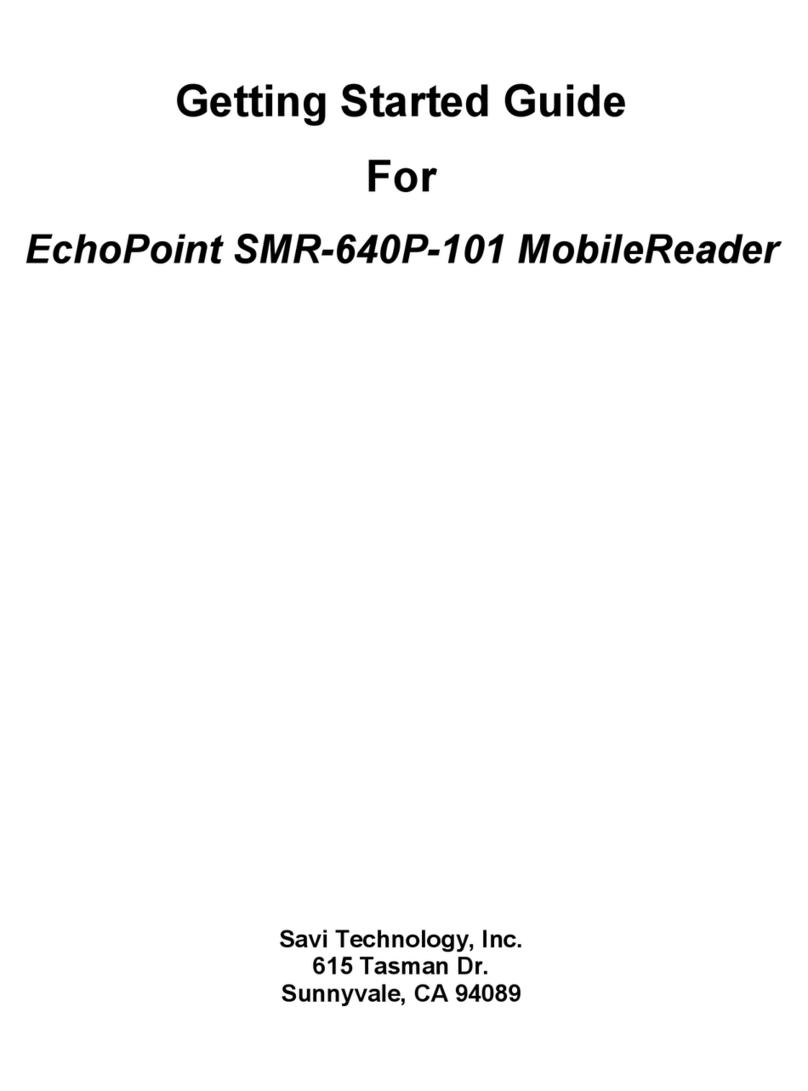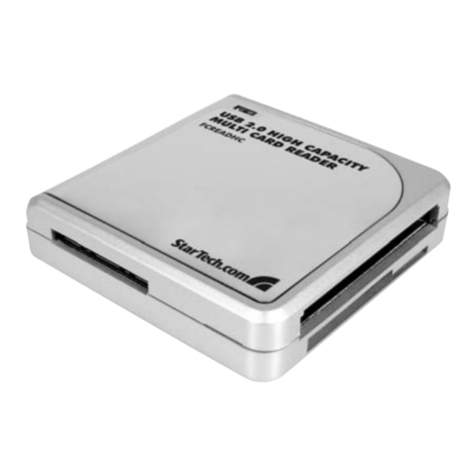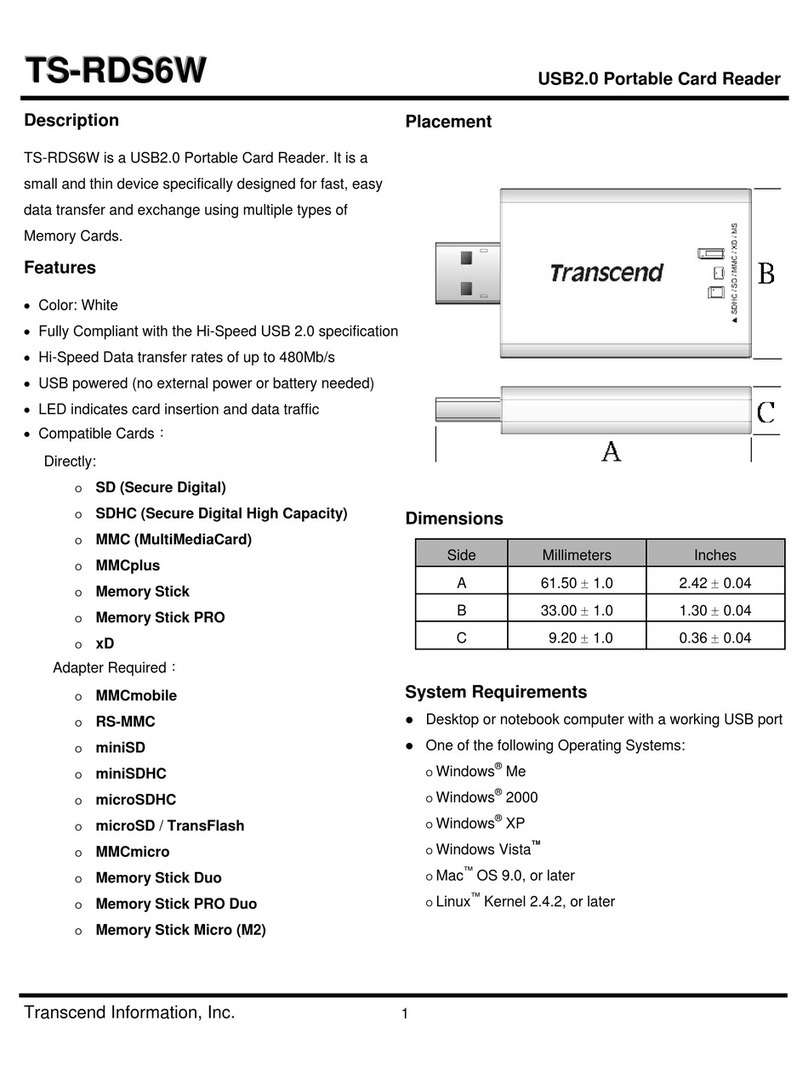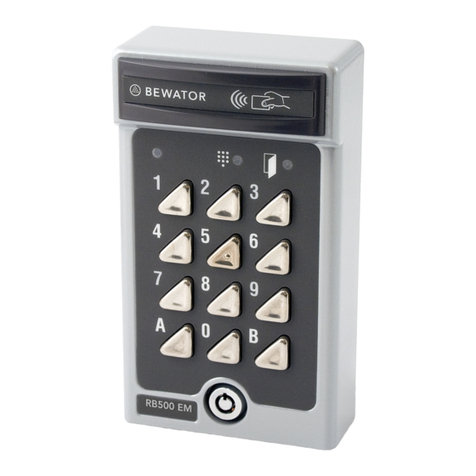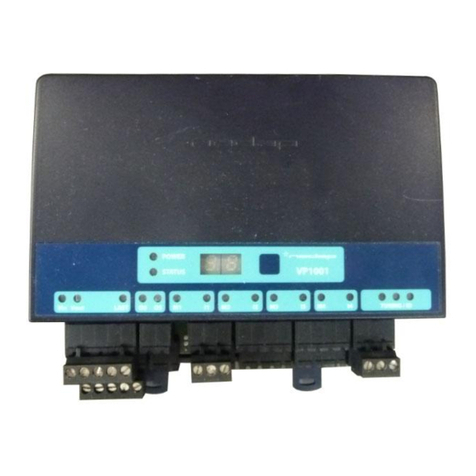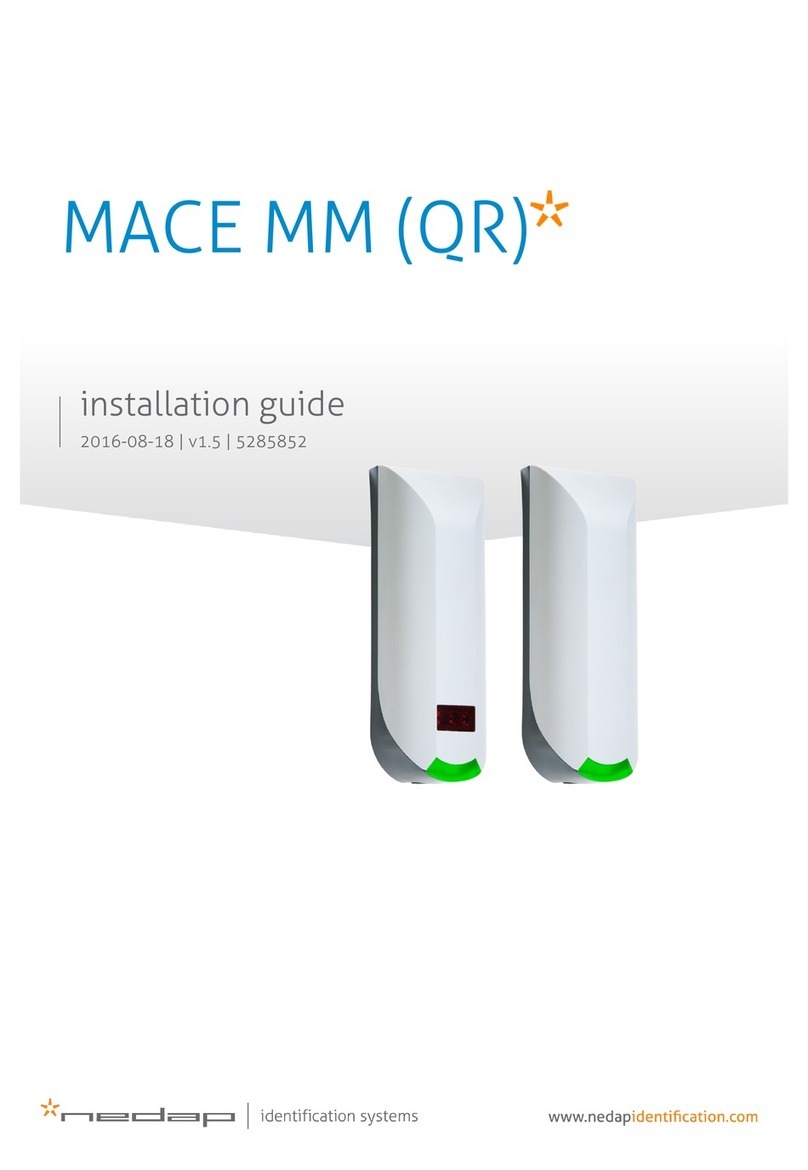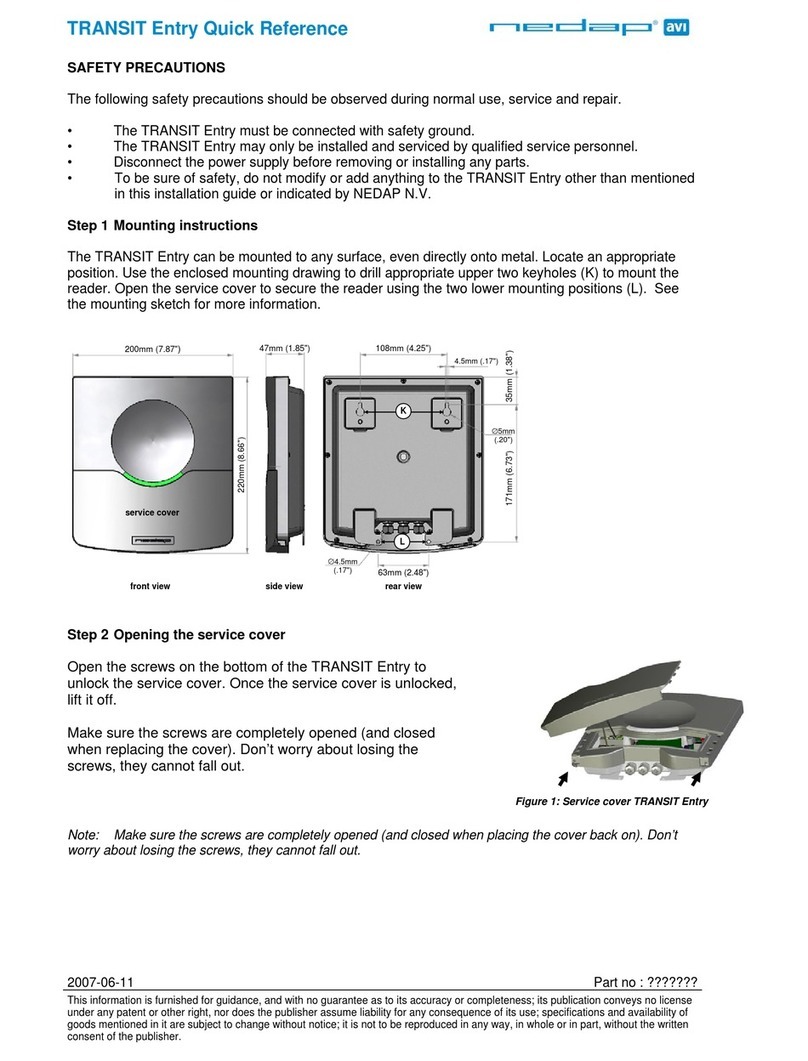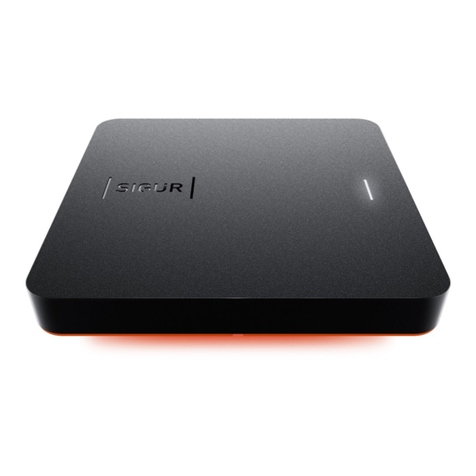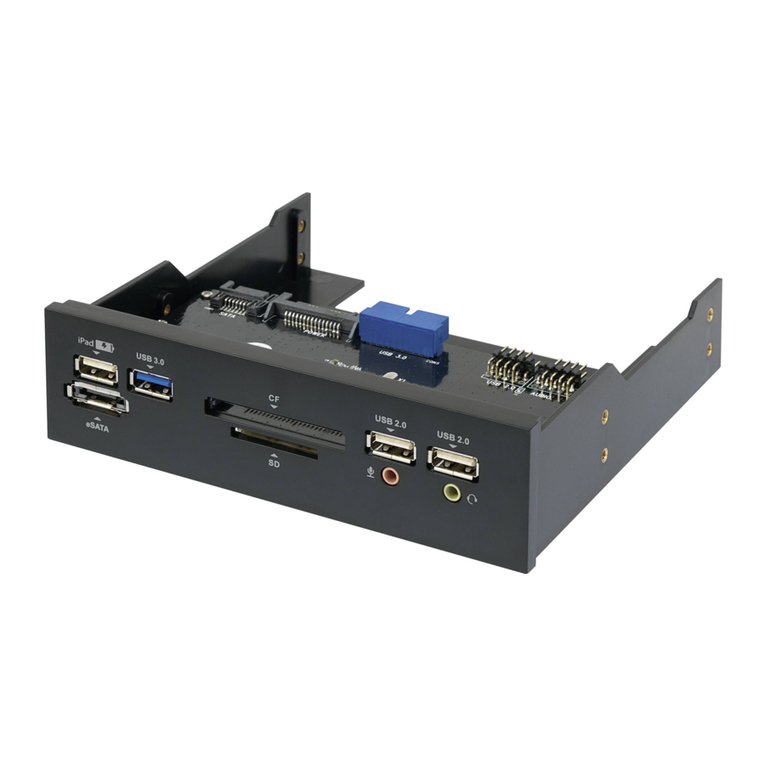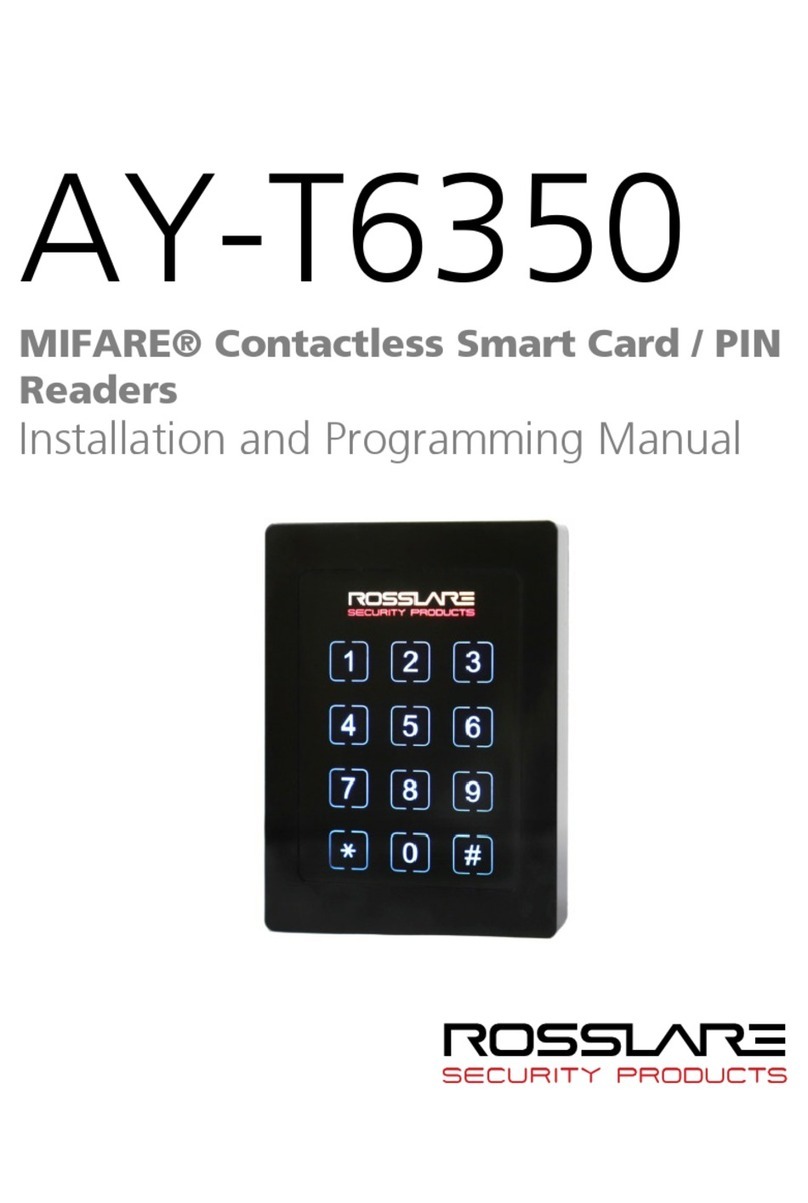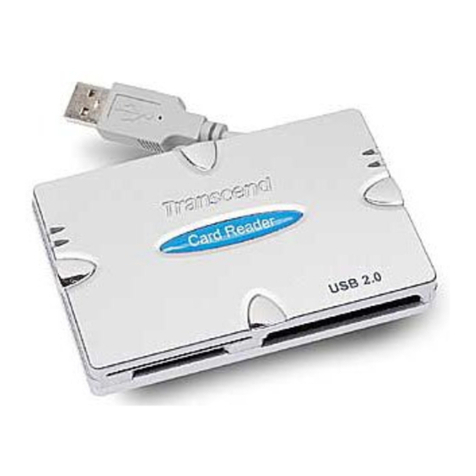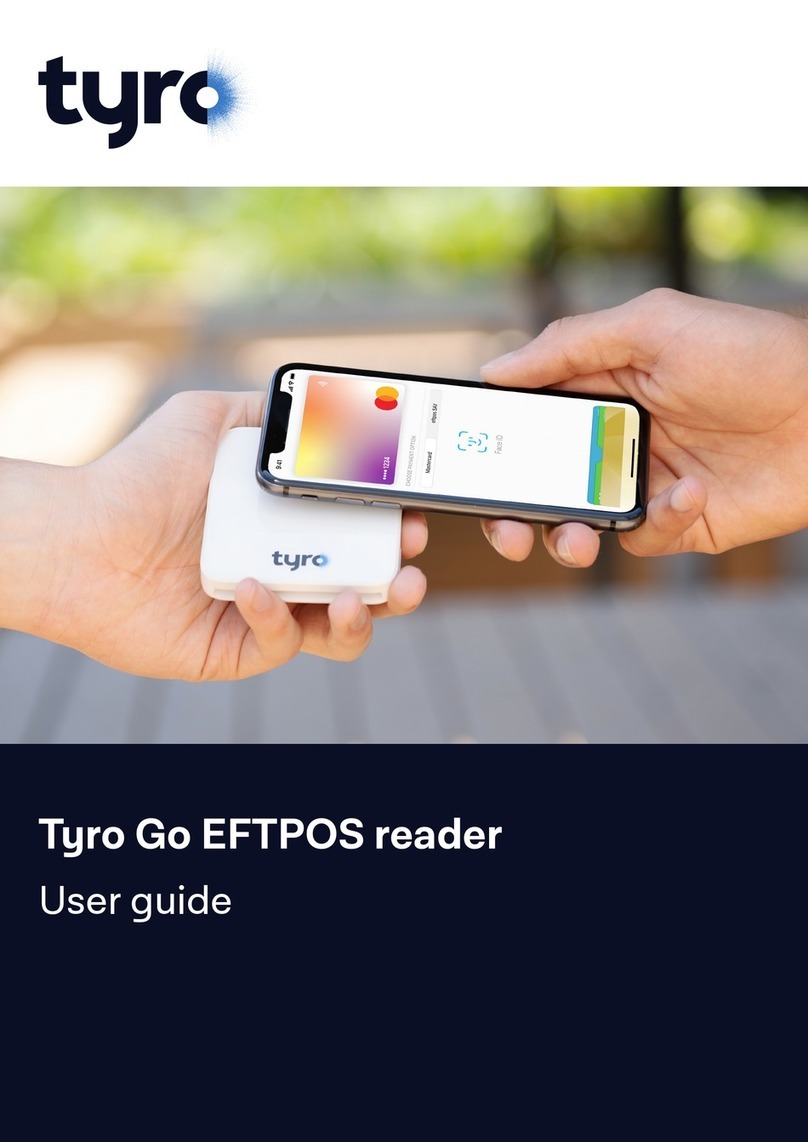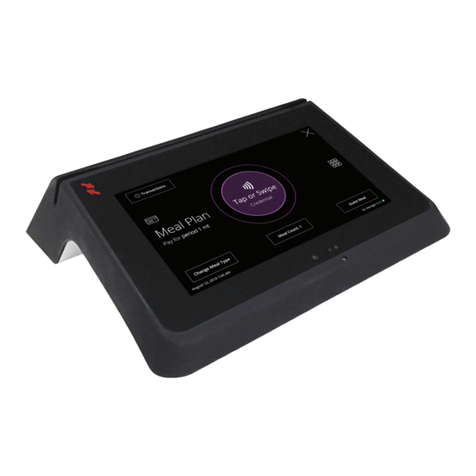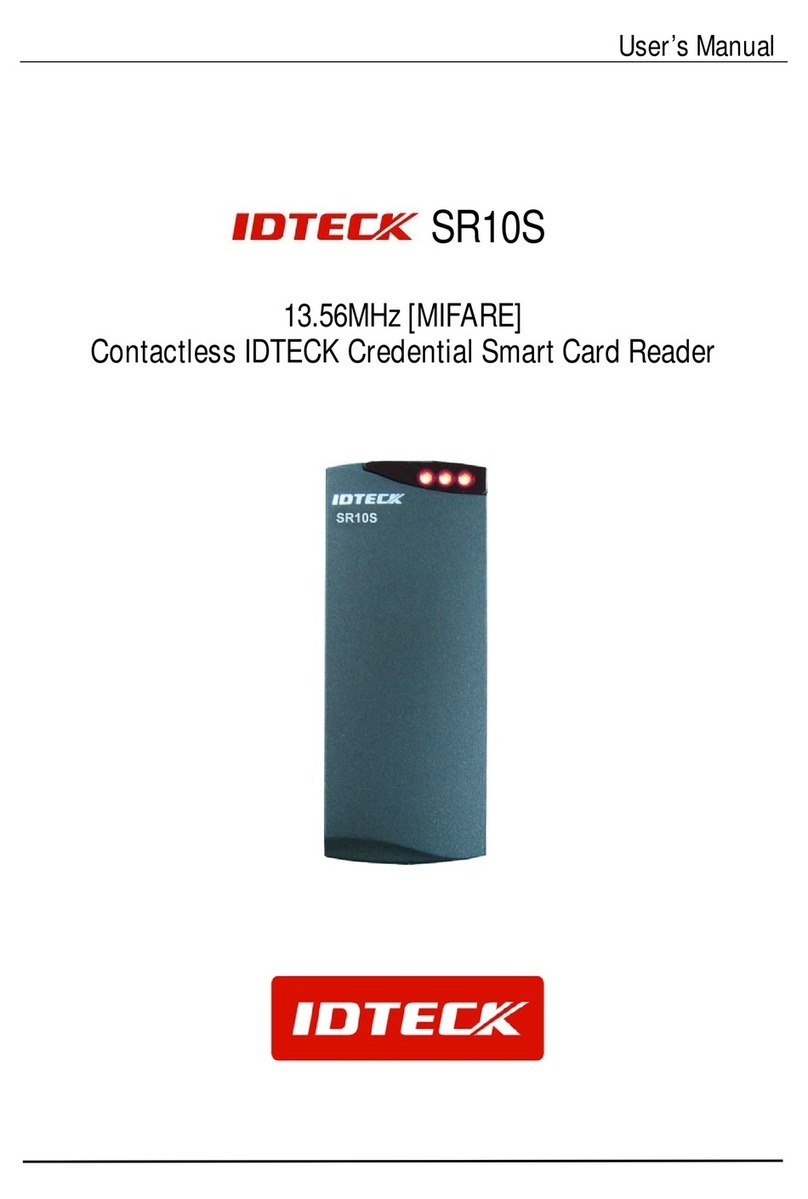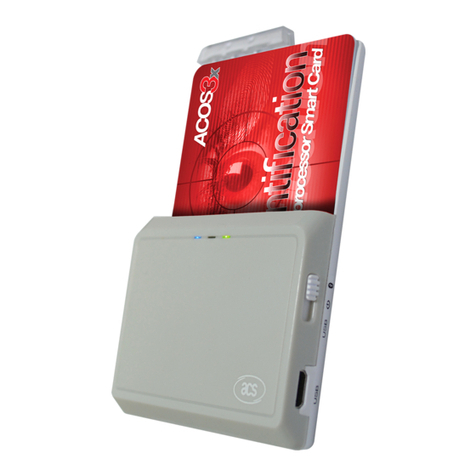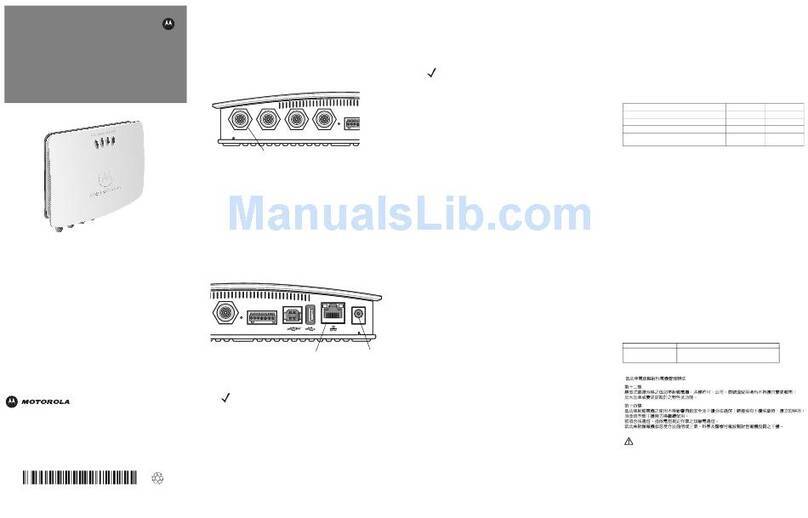
UPASS ACCESS | INSTALLATION GUIDE
Content
2/23
CONTENT
1INTRODUCTION _______________________________________________________ 3
1.1 SUPPORTED TAGS _______________________________________________ 3
1.2 TAG SECURITY __________________________________________________ 3
2INSTALLATION ________________________________________________________ 5
2.1 SAFETY INSTRUCTION ____________________________________________ 5
2.2 MOUNTING INSTRUCTIONS _______________________________________ 5
3CONNECTIONS ________________________________________________________ 7
3.1 POWER SUPPLY _________________________________________________ 7
3.2 COMMUNICATION _______________________________________________ 7
3.2.1 RS485 ___________________________________________________ 7
3.2.2 USB _____________________________________________________ 7
3.2.3 WIEGAND / MAGSTRIPE ____________________________________ 8
Wiegand Timing_________________________________________________ 8
Magstripe Timing________________________________________________ 8
3.3 LED CONTROL __________________________________________________ 9
3.4 TAMPER SWITCH _______________________________________________ 10
3.5 NEDAP ANTENNA INTERFACE_____________________________________ 10
4UHF FREQUENCIES____________________________________________________ 11
4.1 RADIO REGULATIONS ___________________________________________ 11
4.2 FREQUENCY CHANNEL SELECTION ________________________________ 11
5READER CONFIGURATION______________________________________________ 12
5.1 UHFTOOL SOFTWARE ___________________________________________ 12
5.2 SETTINGS _____________________________________________________ 12
5.2.1 READ DATA______________________________________________ 12
5.2.2 DECODE NEDAP XS_______________________________________ 13
5.2.3 RELAY / TIMING __________________________________________ 14
5.2.4 LED CONTROL ___________________________________________ 14
5.3 EXPERT SETTINGS ______________________________________________ 15
5.3.1 OUTPUT ________________________________________________ 15
5.3.2 OUTPUT MESSAGE FORMAT________________________________ 15
5.3.3 EXTRA OUTPUT __________________________________________ 16
5.3.4 FREQUENCY _____________________________________________ 17
5.3.5 READ RANGE ____________________________________________ 18
ATECHNICAL SPECIFICATIONS ___________________________________________ 19
BPART NUMBERS ______________________________________________________ 20
CFCC / IC STATEMENT __________________________________________________ 21
DDISCLAIMER _________________________________________________________ 22
EDOCUMENT REVISION _________________________________________________ 23





















